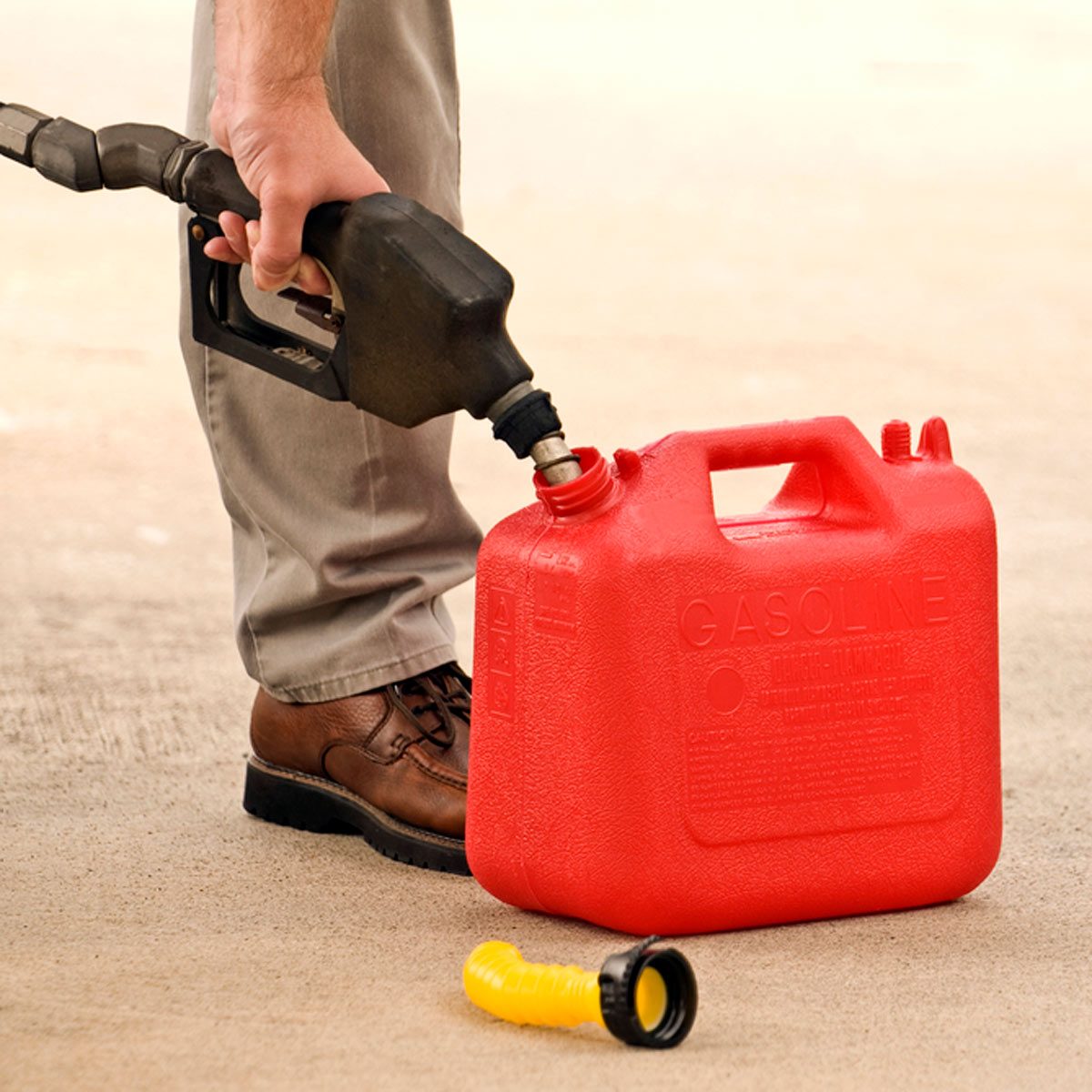Find out why this special liquid is so important for trouble-free operation of engines stored for more than a few months.

What Is Fuel Stabilizer and How Does It Work?

Gasoline and diesel fuel are perishable commodities, so before storing machines like lawn mowers, snowblowers, rototillers, chainsaws, generators and vehicles for a month or more, it’s a good idea to add a small amount of fuel stabilizer to the tanks. That will help keep the fuel from becoming stale or oxidized and clogging up small ports in the fuel system. Most stabilizers also help with water accumulation and allow the old fuel to burn acceptably until the next fill up.
“Know that this is not a miracle additive, however,” says Chris “Moose” Pyle, an automotive expert with JustAnswer. “It only helps slow the aging process and it will only provide a couple more months. Fuel that is three or 30 or 300 days old will burn, but newer fuel will burn cleaner and easier, ignite better and leave behind less varnish and carbon.”
Failing to use fuel stabilizer can mean poor performance— or, in the worst-case scenario, an engine that fails to start at all after several months of storage. Here’s what to know about how to use fuel stabilizers.
On This Page
What is a Fuel Stabilizer?
A fuel stabilizer is a chemical additive designed to preserve the quality of gasoline or other fuels when stored for extended periods. They keep fuel fresh and effective for at least two years of storage time.
Chemical reactions within stored fuel, plus the evaporation of some volatile components, can leave liquid fuels less likely to ignite properly in an engine after more than three months of storage. Old fuel can also leave gummy deposits behind in sensitive areas of the motor. The bottom line is trouble unless you let a fuel stabilizer prevent it. This stuff really works.
When To Add a Fuel Stabilizer
The optimal time to add a fuel stabilizer is when fueling up, especially if the vehicle or equipment will be stored for 30 days or more, says Xavier Sabastian, an automotive expert with Way.com. “Adding the stabilizer to fresh fuel ensures maximum effectiveness in preserving fuel quality during storage,” he says.
That means if you’re storing fuel in an approved gas can, put the required amount of stabilizer in the can, then add the fuel and seal the cap. If you’re adding stabilizer directly to the fuel tank that supplies an engine, put the required amount of stabilizer into the less than full tank, top off the fuel level, then start the engine. Allow it to run for 10 minutes so the stabilizer gets mixed with the fuel that enters the carburetor or fuel injection system, preventing gummy deposits and greatly increasing the odds of a quick-and-easy post-storage startup.
Which Fuel Stabilizer To Use
Fuel stabilizers are suitable for all kinds of gasoline and diesel engines, including two-stroke motors as you’ll find in chainsaws, snowmobiles, dirt bikes and certain water pumps. Some brands of fuel stabilizer are formulated to be used only with gasoline or diesel fuel, while other brands are dual purpose. Read labels and learn.
Pyle recommends the STA-BIL brand. “It is most popular, very effective and has been around for a long time,” he says. “No need to search for anything better or try other brands.”
Otherwise, Sabastian advises to just make sure to choose one from a reputable manufacturer, which has positive user reviews. “Look for products that offer protection against gum and varnish buildup, corrosion and phase separation in ethanol-blended fuels,” he says.
How Much Fuel Stabilizer To Use
Directions on every bottle of stabilizer tell you how much to add for a given amount of fuel, and you’ll find that the quantities specified are small. A tablespoon or two in a lawnmower or chainsaw gas tank is enough to allow gasoline to burn cleanly even after years of storage. One small bottle of stabilizer preserves a full tank of fuel in a car or truck. Then run the engine for a few minutes to ensure the stabilized fuel circulates throughout the fuel system.
FAQ
Can I Use Fuel Stabilizer in All Gasoline Grades?
Yes, most fuel stabilizers are designed to work with all grades of gasoline, including gasoline that contains ethanol. However, always check the product label to be sure.
Can I Use Old Gasoline Even If I Used a Stabilizer?
While a stabilizer can extend the shelf life of gasoline, it doesn’t last indefinitely. Generally, stabilized gasoline can be stored for up to 12 months, but it’s a good idea to use it within 6-8 months for optimal performance.
Does Fuel Stabilizer Improve Gas Mileage?
Fuel stabilizers are designed to maintain the quality of stored fuel, not necessarily to improve gas mileage. However, by preserving fuel quality, they can prevent engine problems that might reduce fuel efficiency.
About the Experts
- Chris “Moose” Pyle is a master-certified technician with 20-plus years of automotive experience. He has also worked as an expert for JustAnswer, the expert on-demand platform, since 2006.
- Xavier Sabastian is an author and auto expert with the Way.com auto app.



















